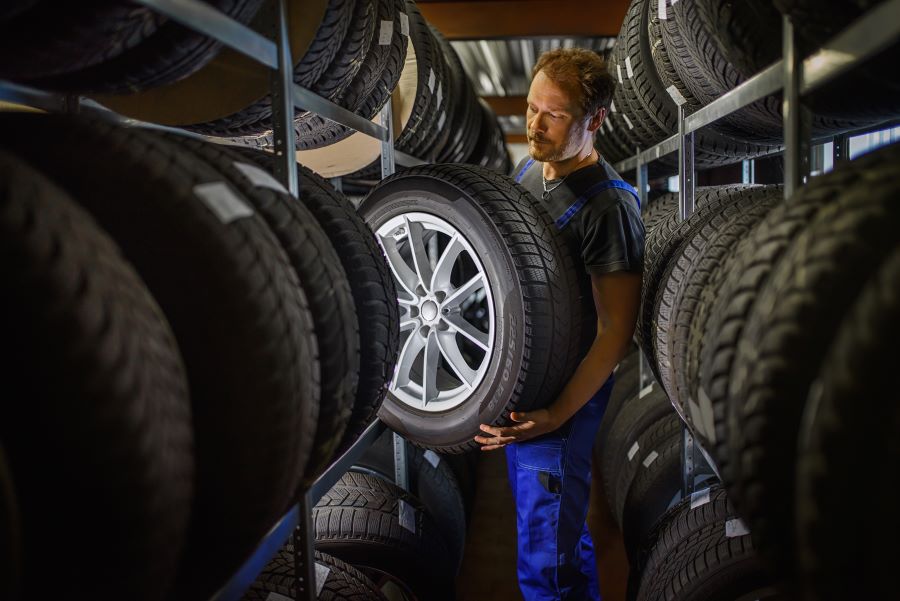Maintenance Checklist for Compact Passenger Vehicles
A compact passenger vehicle requires a tailored maintenance routine to perform well in urban settings and beyond. This short guide highlights essential checks for fuel economy, safety, cargo storage, infotainment systems, and drivetrain components so owners can keep dimensions, maneuverability, emissions, and resale value in good order.

Compact passenger vehicles are designed for efficient urban travel, but they still need regular attention to remain reliable and economical. Routine inspections and simple maintenance tasks reduce wear, protect safety systems, and help control emissions. This checklist focuses on practical steps owners can take for fuel economy, cargo and storage needs, infotainment upkeep, and both traditional and electrified powertrains. Read on for sectioned guidance that addresses dimensions and maneuverability considerations alongside longer-term resale and environmental factors.
Why compact dimensions matter for urban maneuverability
Smaller dimensions and tight turning radii make compact cars well suited to city driving, but they also concentrate wear on steering, suspension, and tires. Regularly check tire pressure and tread depth to preserve grip and fuel economy; underinflated tires increase rolling resistance and reduce mileage. Inspect front suspension components and alignment after hitting potholes to maintain predictable handling. Keep an eye on wheel bearings and steering boots for noise or play during low-speed maneuvers. Properly maintained steering and suspension preserve maneuverability and prevent uneven tire wear that can harm resale value.
How to optimize fuel economy and reduce emissions
Fuel and economy are central concerns for compact vehicle owners. Follow the manufacturer’s recommended service intervals for oil, filters, and spark plugs to keep the engine running efficiently. For hybrid or electric variants, observe battery health checks and cooling system inspections; hybrids require attention to their high-voltage systems and regenerative braking components. Use the correct grade of engine oil and maintain the fuel system, including cleaning injectors if applicable. Address check-engine lights promptly—minor faults can increase emissions and lower economy if left unresolved.
Routine maintenance that supports safety systems
Safety maintenance goes beyond brakes and airbags. Test brakes regularly for pad thickness, rotor condition, and fluid level; replace brake fluid per the service schedule because moisture contamination reduces braking performance. Inspect seatbelts, anchor points, and airbags during service visits, and confirm exterior lights and indicators function for night and daytime visibility. Keep windshield wipers and washer fluid topped up for clear sightlines in adverse weather. Documenting these checks helps verify maintenance history and supports resale conversations.
Checking cargo, storage, and infotainment functionality
Compact vehicles trade interior space for agility, so prioritize efficient use of cargo and storage. Inspect latches, cargo covers, and folded-seat mechanisms for smooth operation and secure locks. Clean and protect cargo area surfaces to avoid odors and stains that can hurt perceived condition. For infotainment, ensure software updates are applied and that Bluetooth, navigation, and connected features operate correctly; small software fixes can improve usability and reduce distractions. Proper interior upkeep maintains comfort and contributes to vehicle value.
Steps to preserve resale and long-term condition
Resale value responds to visible care and consistent maintenance records. Keep service receipts and a log of routine inspections, repairs, and part replacements. Address rust-prone areas, stone chips, and paint damage early to prevent corrosion that impacts structural integrity and appearance. Replace consumables—tires, brakes, bulbs—before they become safety issues. For hybrid or electric models, retain documentation of battery health checks and any warranty-covered repairs, as prospective buyers often request proof of responsible electrified-powertrain care.
Seasonal checks and local services in your area
Adjust maintenance for seasonal conditions common in your area: winter checks should include battery testing, antifreeze levels, and tire condition, while summer inspections focus on cooling systems and air conditioning performance. Verify local services for specialized needs—EV charging station installers, hybrid system technicians, or emissions test centers—when professional service is required. Keep basic tools and emergency supplies in the vehicle, and schedule regular inspections with certified local services to ensure compliance with regional emissions and safety requirements.
In summary, a focused maintenance checklist for compact passenger vehicles emphasizes regular inspections for maneuverability, fuel economy, emissions, safety, and interior systems. Attention to tires, brakes, fluids, infotainment updates, and documentation preserves performance and resale potential. Whether the vehicle uses a conventional, hybrid, or electric powertrain, periodic checks and timely repairs reduce long-term costs and help the vehicle remain well suited for urban and mixed driving conditions.






